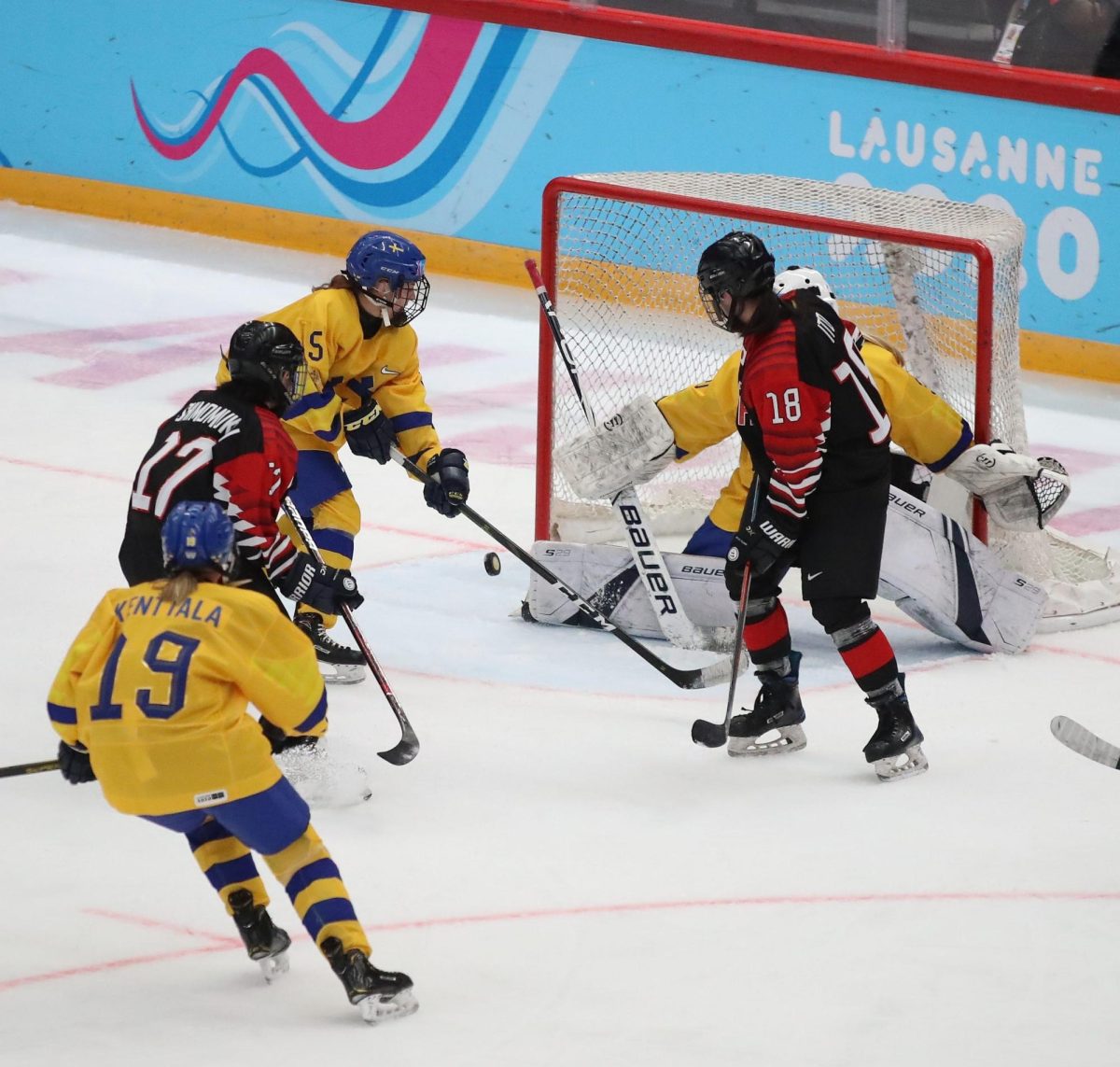When going to a hockey game I look forward to three things. One, the outcome of the game, of course. Two, the celebrity shoutout. And three, the players taking their gloves off and taking a swing at each other. Unfortunately, not everyone shares my love of watching the players fight, especially not the referee. On one hand, fighting in hockey is bad for the players because it promotes violence, and injures players. On the other hand, If fighting was legal, it could be very economically beneficial for games since it draws in fans like me who look forward to fighting.
In 2023, there were an average of approximately 0.3 fights per game, or a fight once every four games, according to Britannica. Fighting has been part of NHL hockey since the league’s formation in 1917 and its 1922 rule about what was then called “fisticuffs” (an old-fashioned word for fighting). According to ESPN that rule stipulated that “A fight shall be deemed to have occurred when at least one player punches or attempts to punch an opponent repeatedly or when two players wrestle in such a manner as to make it difficult for the Linesmen to intervene and separate the combatants.” Players who fight are sent to the penalty box during the game and may be subject to additional fines or suspensions, but other than that no real trouble happens to the players because the referees know that it’s not necessarily a bad thing.
As much as I love watching the players wrestle each other, there is the problem of it giving the wrong message to young viewers and young players. If you go to any sport stadium, you will definitely see many children watching and cheering. When small children see players fighting and the whole crowd cheering, it sets a bad example. As for young players, even though fighting in youth leagues is banned, young hockey players constantly imitate the tactics used by professionals, both legal and illegal. The damaging physical effects of fighting are even more significant for young players, since their brains are not fully developed. For younger players, concussions can cause permanent learning and cognitive disabilities, many of which may not be recognized until they grow up, as reported by Britannica.
In the final analysis, I think it would be economically advantageous for hockey games to allow fighting, but I still think that players should be separated yet not sent to the penalty box in order to increase the probability of players starting brawls. After all, the fans love it. That being said, in my opinion, the existing rules should apply for younger players because they could be injured a lot more easily than adult players.













































































































































